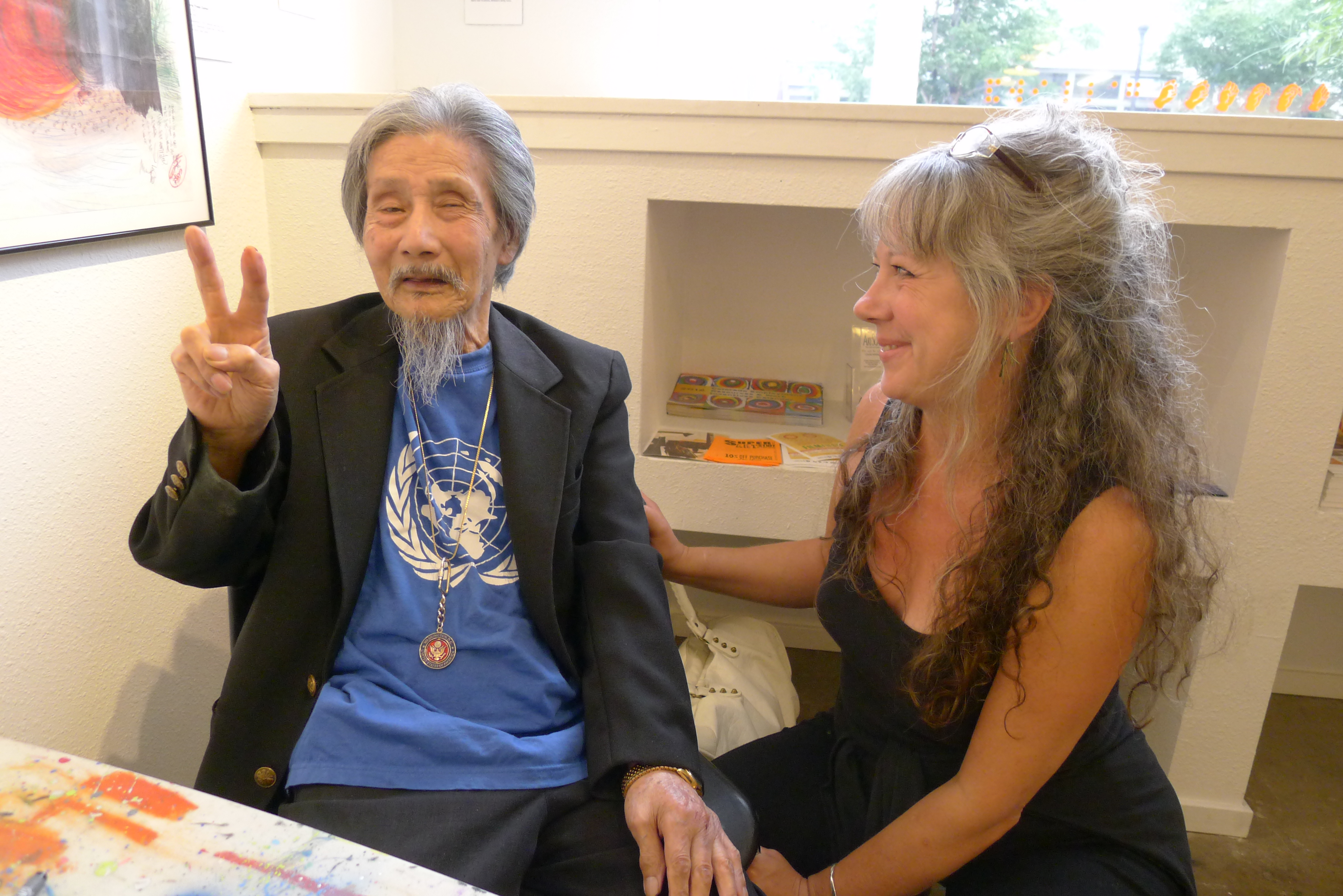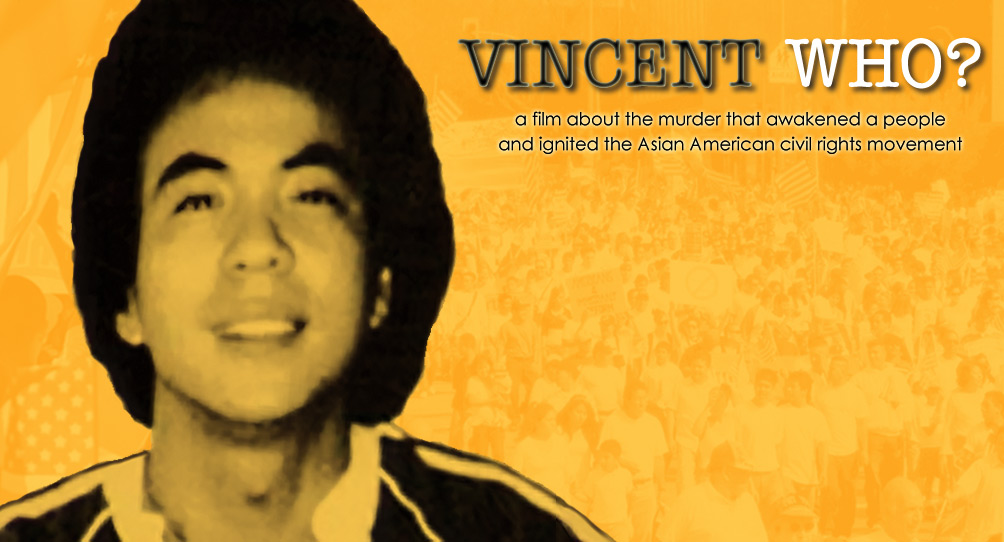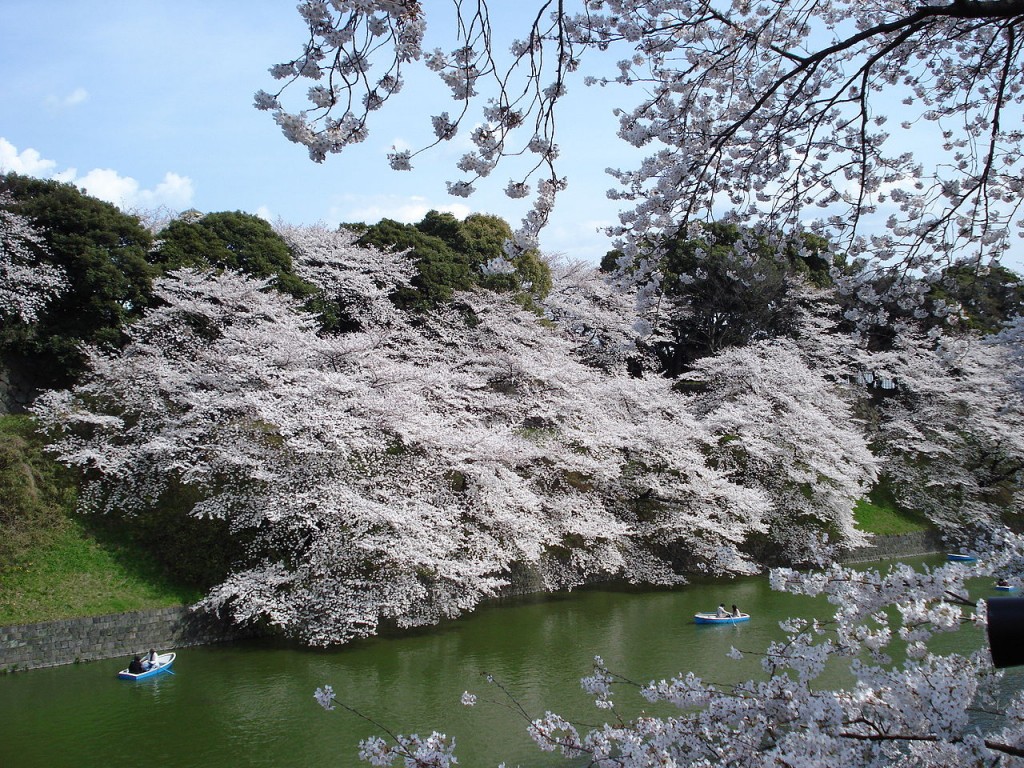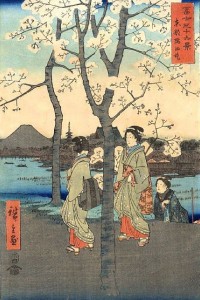IN 2001, New York filmmaker Linda Hattendorf began documenting the life of a homeless artist whose work caught her attention. The elderly man, who set up his “shop” outside a corner grocery in SoHo, not far from the Wall Street district, wouldn’t take money from passersby, unless it was in payment for one of his drawings or paintings, many of cats and tigers. Hattendorf shot closeups of the arist working with dirt-covered hands on his often playful images. For months, Hattendorf walked by the old man’s spot — she lived nearby — and engaged the artist.
She found if she had her camera, he would open up and tell stories.
Then 9/11 happened.
Amidst the suddenly gray, ashen desolation of lower Manhattan, Hattendorf found the old man in his usual spot, and made a decision that would change both their lives. She decided to give him shelter, and took him home to live in her cramped apartment. Over the months when she helped him reconnect with society, she discovered the old man’s incredible story.
The documentary she produced, “The Cats of Miriktani,” is an amazing chronicle of a life journey for both Tsutomu “Jimmy” Mirikitani and Hattendorf.
Continue reading














